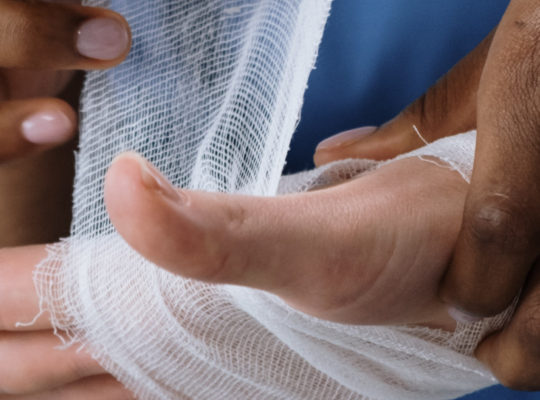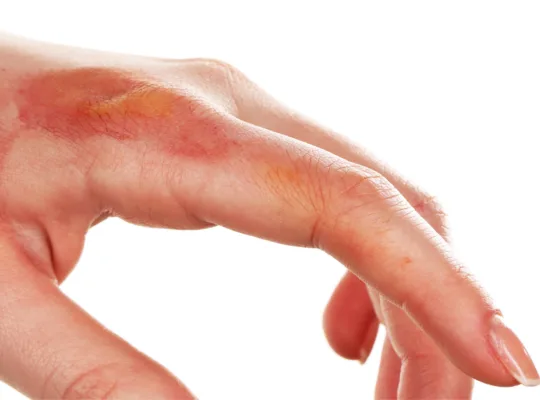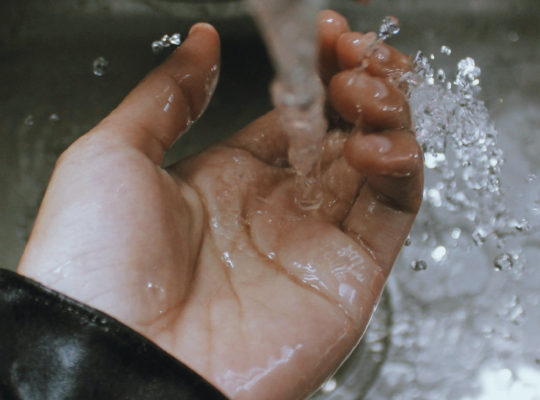Training and certification is necessary before attempting to administer treatment. To become certified, check out the classes offered by the Red Cross here: Red Cross: Find A Class; or contact a manager or supervisor to see if your company offers training for employees.
History of Cardiopulmonary Resuscitation(CPR)
Cardiopulmonary Resuscitation can be performed with or without the use of a CPR kit or resuscitation kit. It is a procedure for emergency situations in an effort to manually pump blood throughout an unconscious person’s body when the person is no longer breathing and or their heart has stopped beating.
This is to try and preserve brain function until further measures, like a defibrillator, are available to restore blood circulation and breathing. Resuscitation dates back to the 1500s, with the “bellows method”. As the name implies, the bellow is used to force air into an unconscious person’s body.
The successfulness of this method is unclear, but it gave way to mouth-to-mouth resuscitation, which was a staple feature until 2008. Doctors Kouwenhoven, Safar, and Jude were the ones who invented the modern form of CPR in the 1960s. They combined chest compressions with mouth-to-mouth resuscitation.
When Should CPR Be Administered?
CPR is advised for any person who is unresponsive with no signs of breathing or occasional agonal gasps, indicating possible cardiac arrest. Guidelines now state that checking for a pulse is unnecessary due to the likelihood of someone checking for a pulse incorrectly.
How to Perform CPR
As previously stated, this article is NOT a certification for training and is only for informational purposes. While a non-certified person is potentially able to perform CPR with the same efficiency as someone who is certified, certification gives practical experience and helps prevent making mistakes that may cause someone to lose their life.
If there is only a non-certified person available, they should still try. Hands-Only CPR is the most common and currently the recommended method for non-medically trained people. For people who are trained to administer CPR rescue breaths, we have CPR kits and masks.
Hands-Only CPR is a two-step process:
- Call, or have another person call 911
- Repeatedly compress the chest at around 120 beats per minute
First, get the person on a flat, sturdy surface. Next, check for any obstructions in the person’s mouth, and tilt their chin upwards. Administer chest compressions by placing the heel of your dominant hand just above the diaphragm. Then place your non-dominant hand on top of your dominant one and lace your fingers.
With your arms fully straightened, use your bodyweight to compress the chest around 5 centimeters or 2 inches deep. There is a high likelihood of fracturing the ribcage, even if this happens do not stop the compressions. In the US, Good Samaritan Laws protect the person attempting to save a life from a potential lawsuit.
CPR certification is a very useful skill to have, if possible, enroll in a class as soon as possible. This article does NOT provide certification!
Citations
https://cpr.heart.org/en/cpr-courses-and-kits/hands-only-cpr



